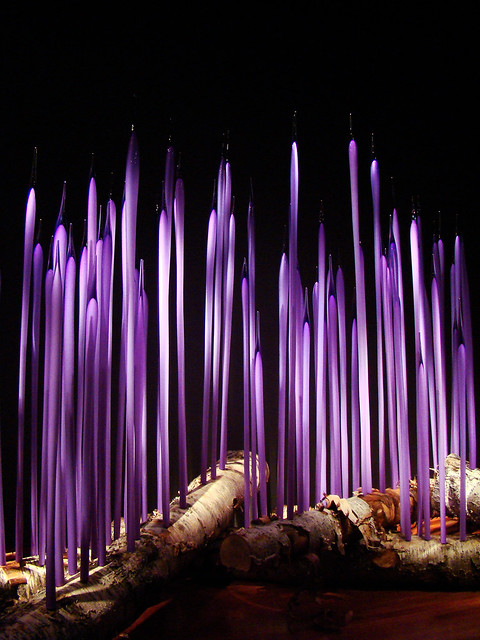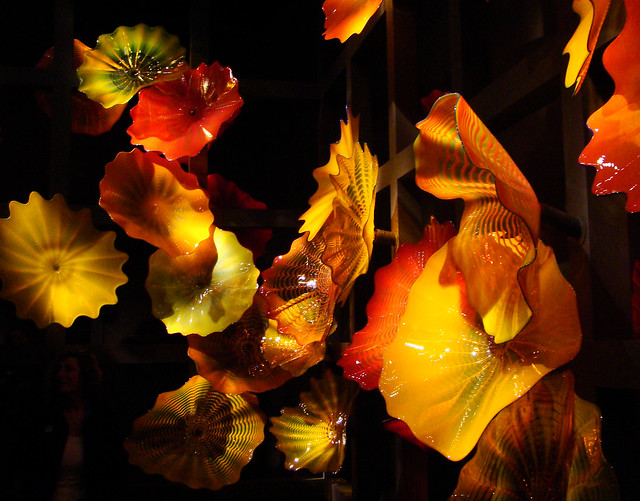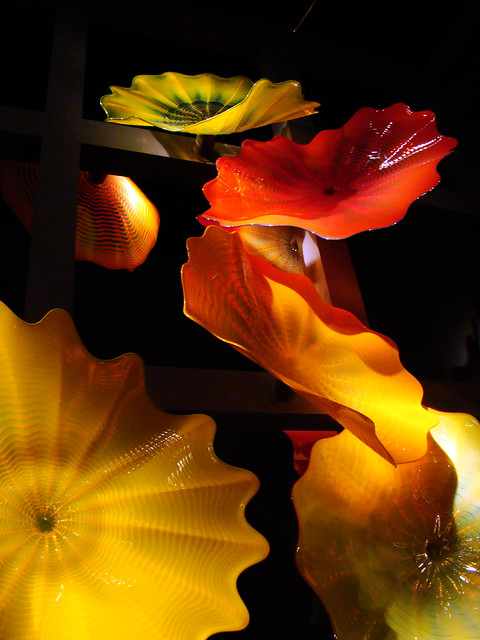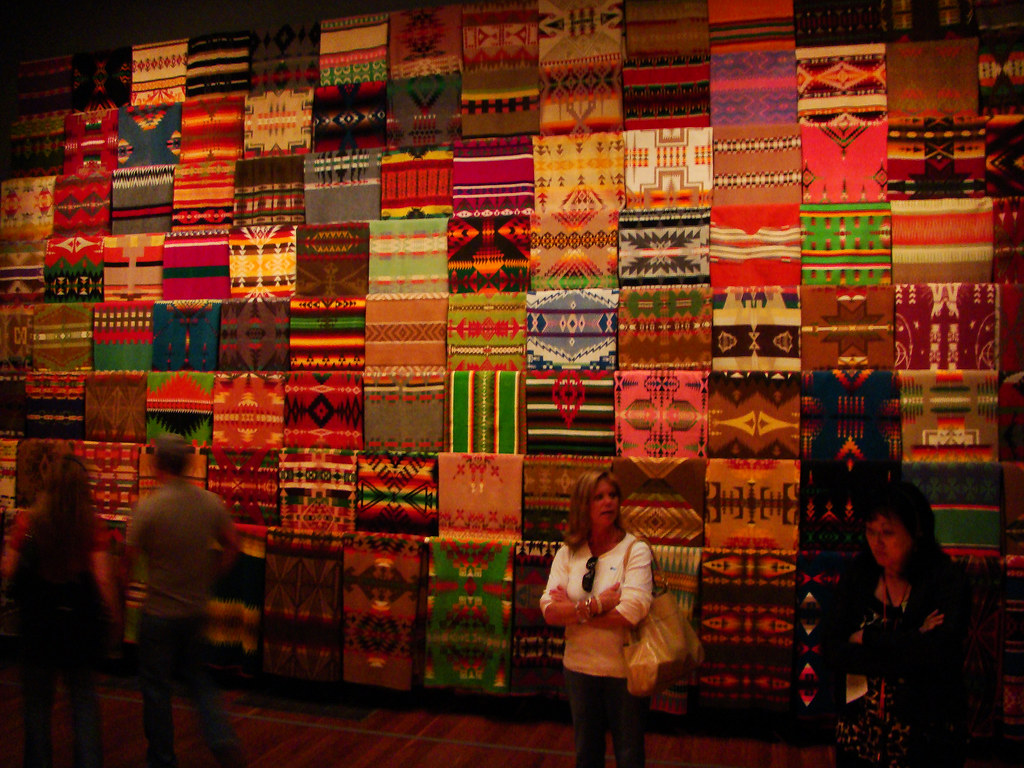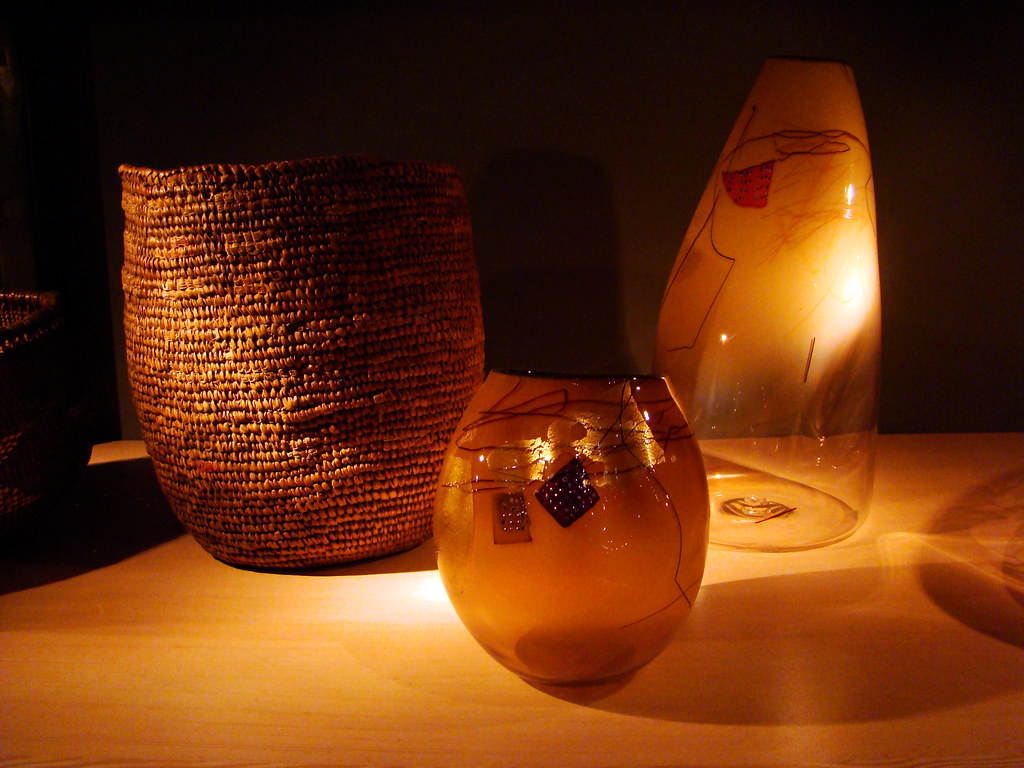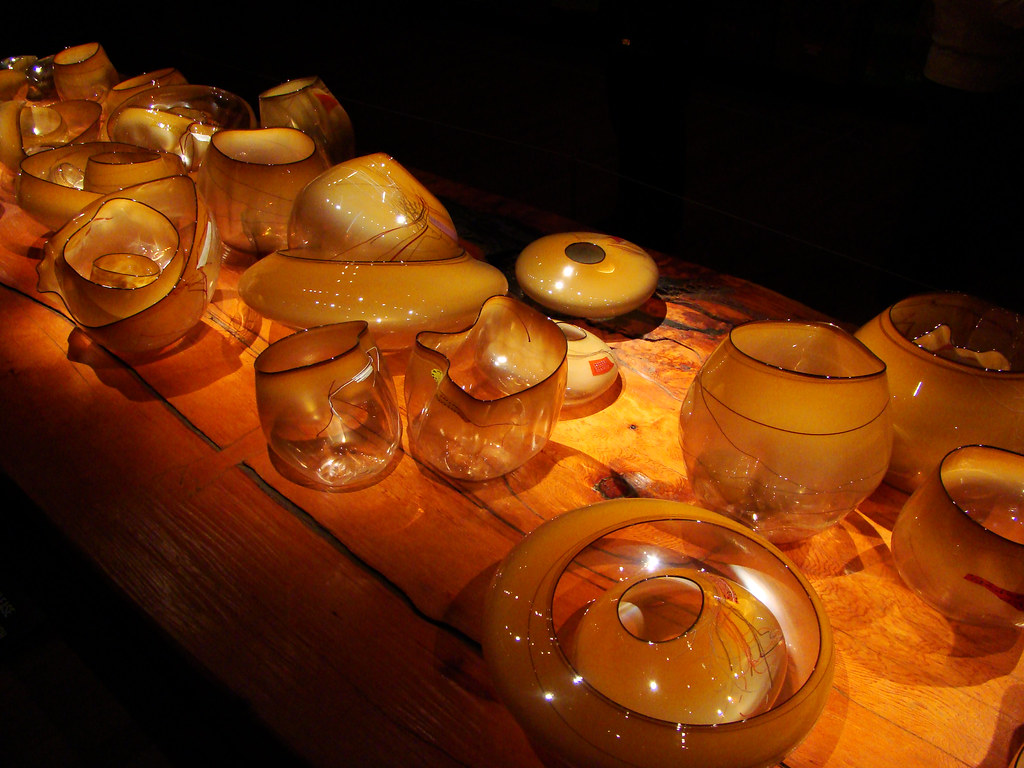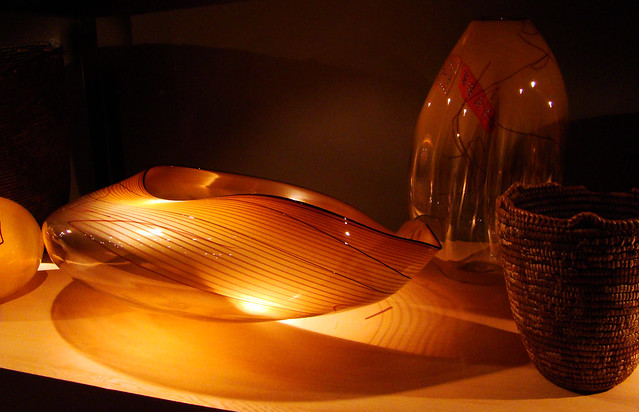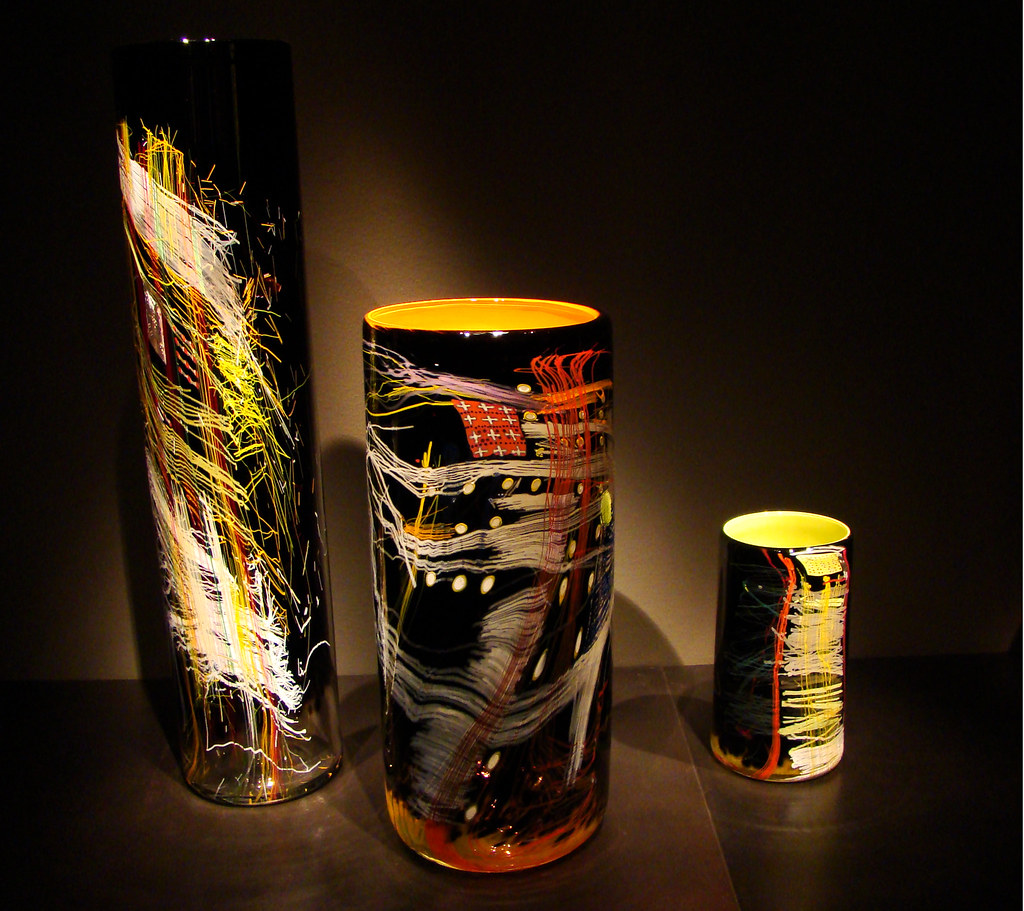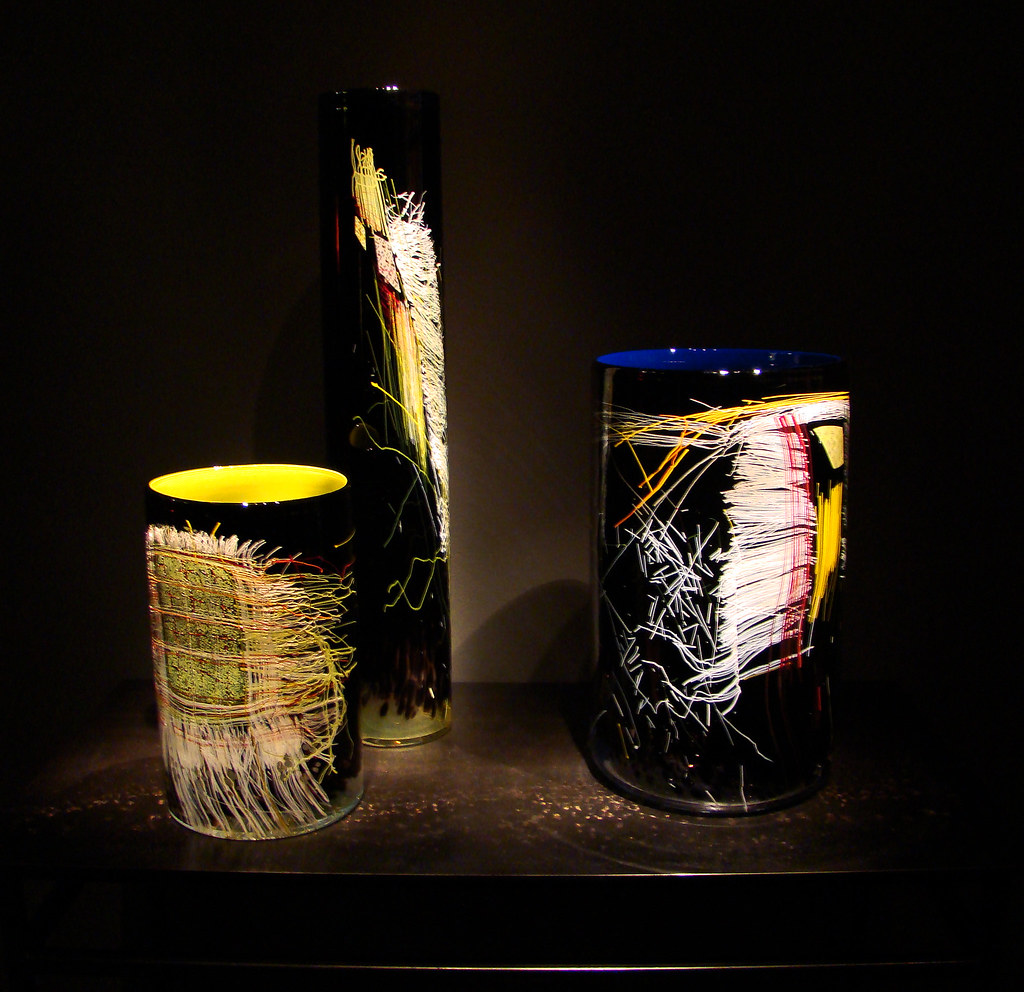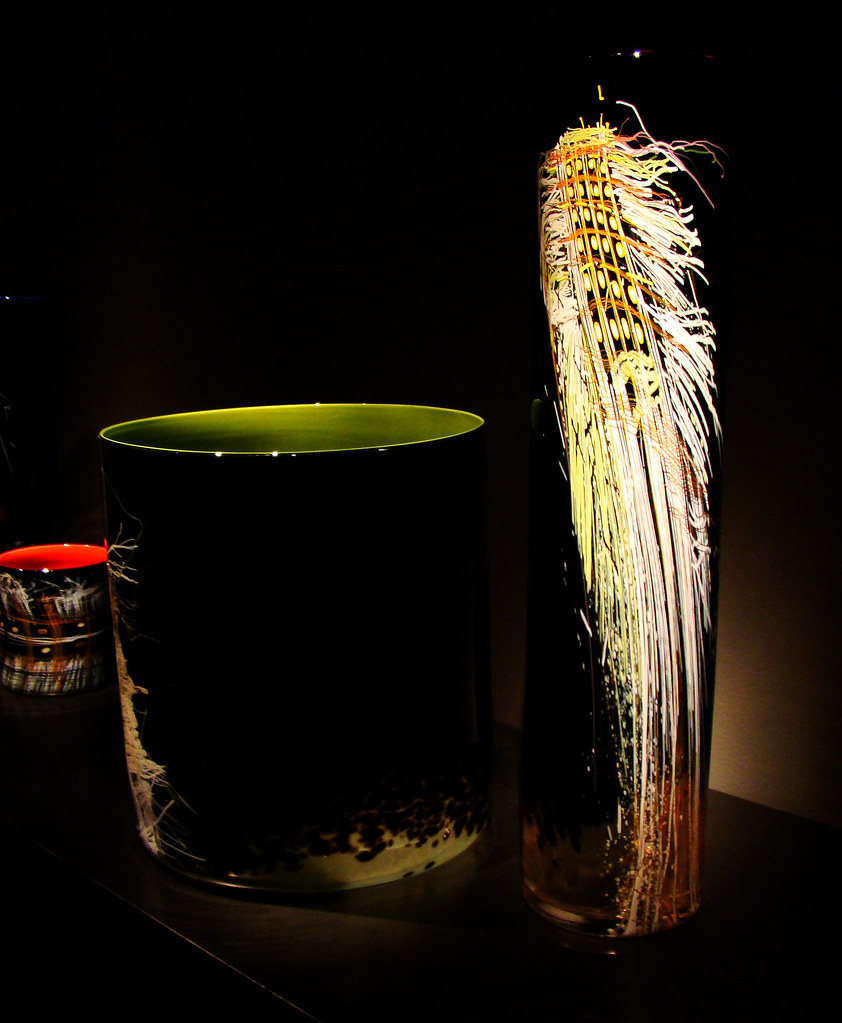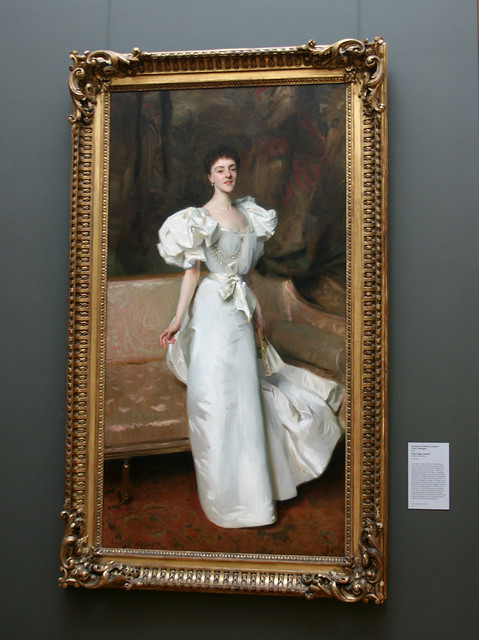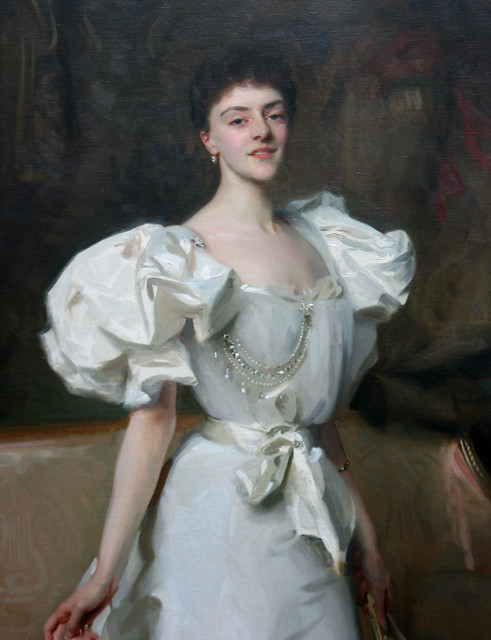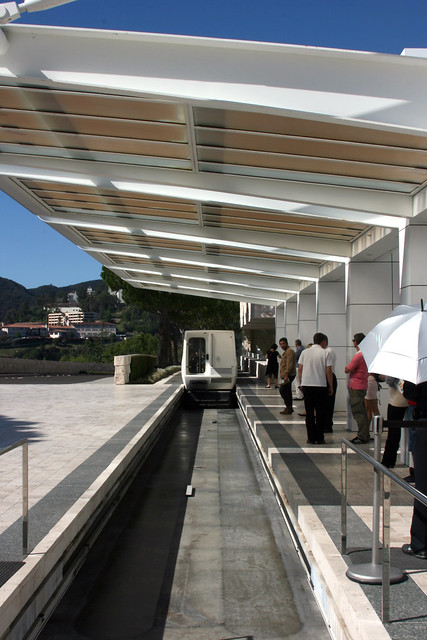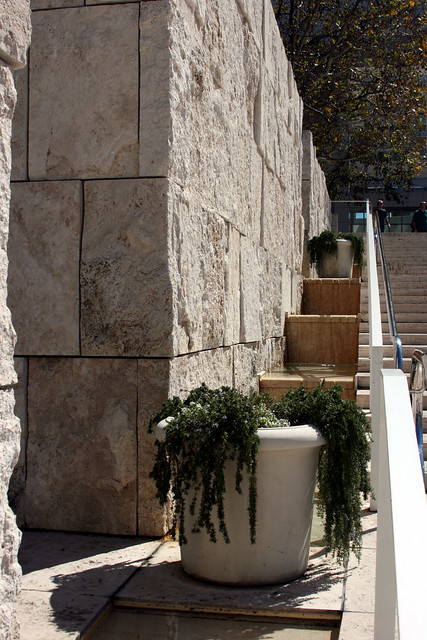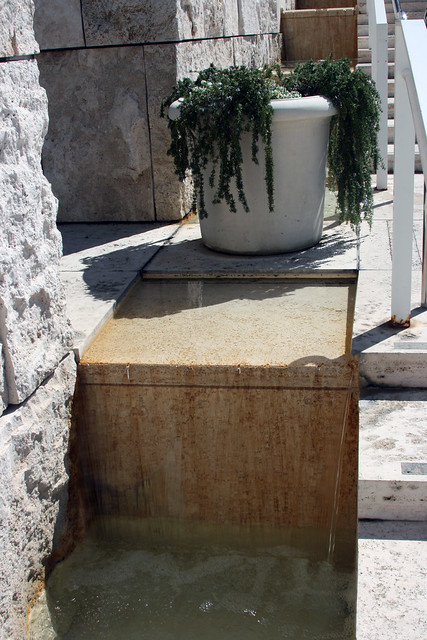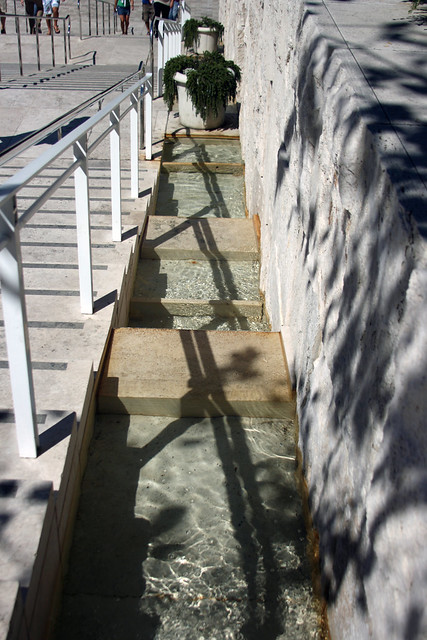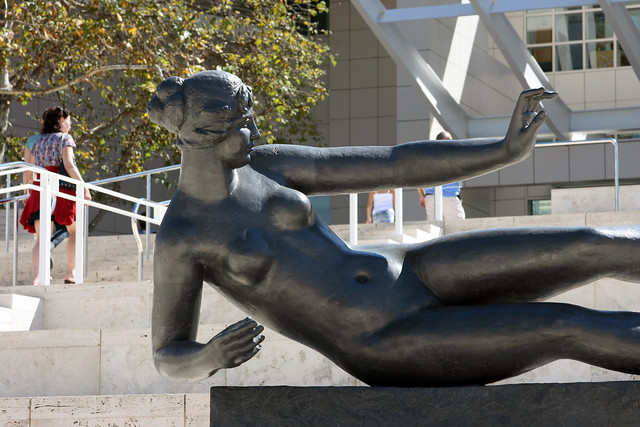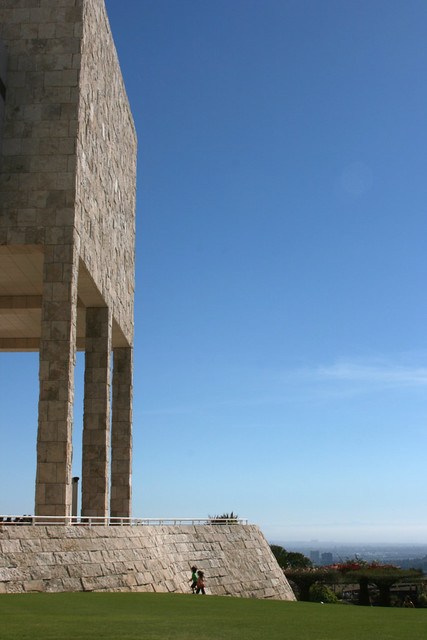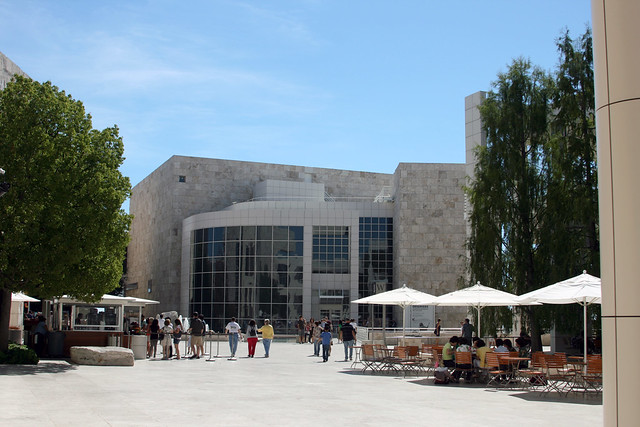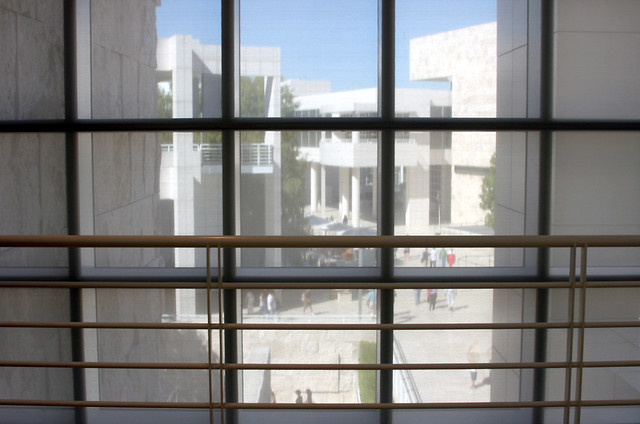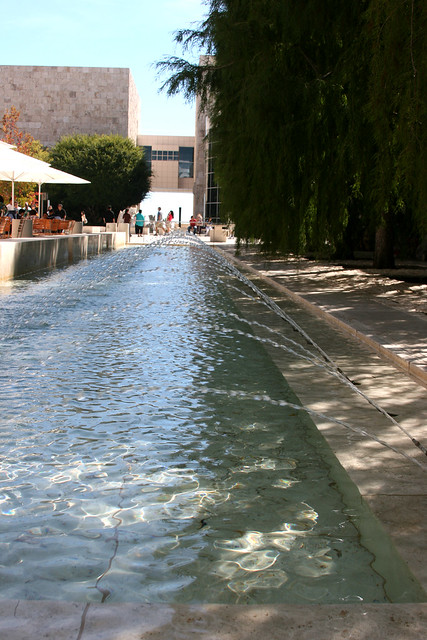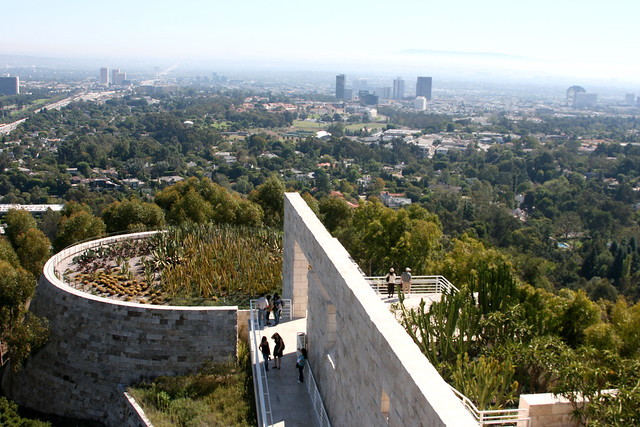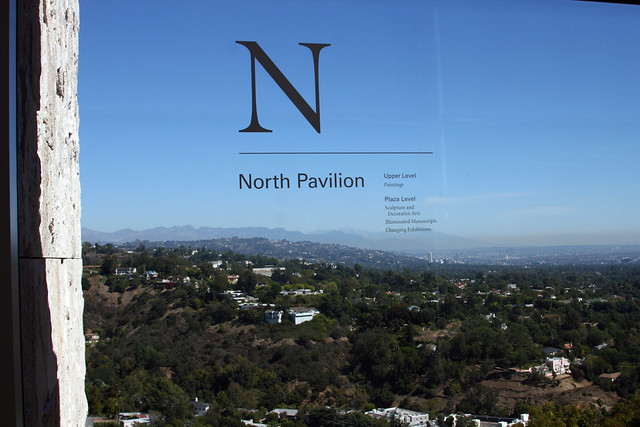After I watched "Chihuly: Fire & Light" on PBS last week, I was
inspired to dip into my photo archives to find the photos I took during the
"Chihuly at the de Young" exhibit in the summer of
2008.
Director John E. Buchanan Jr. expertly lured Dale Chihuly to come to San Francisco. He leveraged the excitement of the shiny new De Young Museum building and promised an astonishing 12,000 square feet of gallery space to showcase four decades of Chihuly’s illustrious career as a glass artist. The crowning glory was Buchanan’s sweeping gesture of granting full artistic license, which sparked Chihuly and his team of world-class glassblowers to create new pieces for this exhibit. The 400,000 visitors that viewed the show are a testament to the genius of this magical collaboration.
Glass Forest #3 is one of the earliest pieces and has not been viewed in the US since 1972 [1]. This installment represents Chihuly’s early experiments with neon. The milk glass gives the appearance that the long tubes are white hot.
 |
___
My son’s favorite of the entire collection is Neodymium Reeds on Logs, 2004 with larger-than-life reeds rising dramatically like stalagmites from birch logs. The violet neon continues the soothing cave-like atmosphere. See the full scale of the installation here.
I made the first Reeds in 1995 at the Hackman factory, a small glassblowing shop in Nuutajarvi,k Finland. Unlike other factories, the Hackman facility had very high ceilings, which inspired me to make these elongated forms.[2]
--Dale Chihuly
___
Persian Wall, 2008 is a grand installation made especially for the De Young Museum.
The Persians – that’s one of the most difficult series to describe. It started off that they were geometric shapes. I think it was a search for new forms. We worked for a year doing only experimental Persians – at least a thousand or more...
Sometimes the Persians became very Seaform-like...
...or they became very geometric. [2]
--Dale Chihuly
___
The Tabac Basket Room ’s dark lighting evoked the feeling of stepping into a smoke-filled teepee. Pendleton trade blankets covered one wall...
… and woven Indian baskets and their glass counterparts glowed on the opposite wall.
The center of the room showcased the pieces that retained the same organic palette and feeling...
...yet transcended the original basket shapes.
Though he has been creating cylinders for over thirty years, Chihuly hadn’t created any in black until the De Young exhibit.
Drawing inspiration from his extensive trade blanket collection, Chihuly “painted” woven images by fusing glass rods onto the cylindrical forms…
… which appear to glow against the black "canvas" and their bright interiors.
More on this show later.


